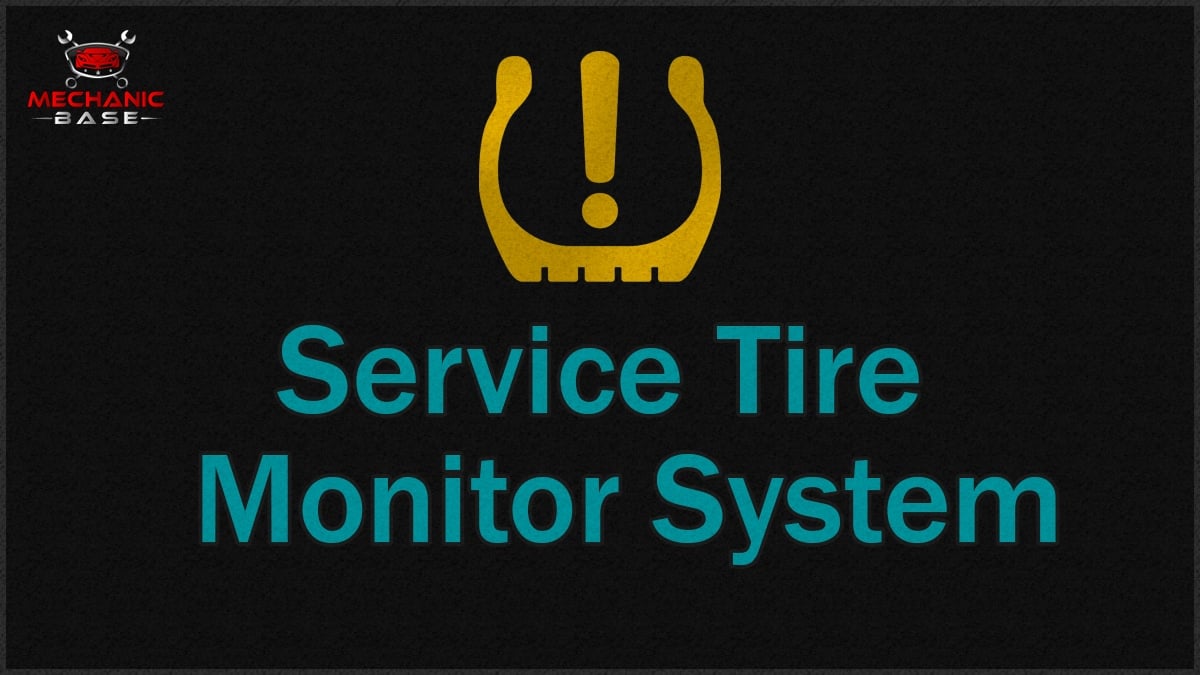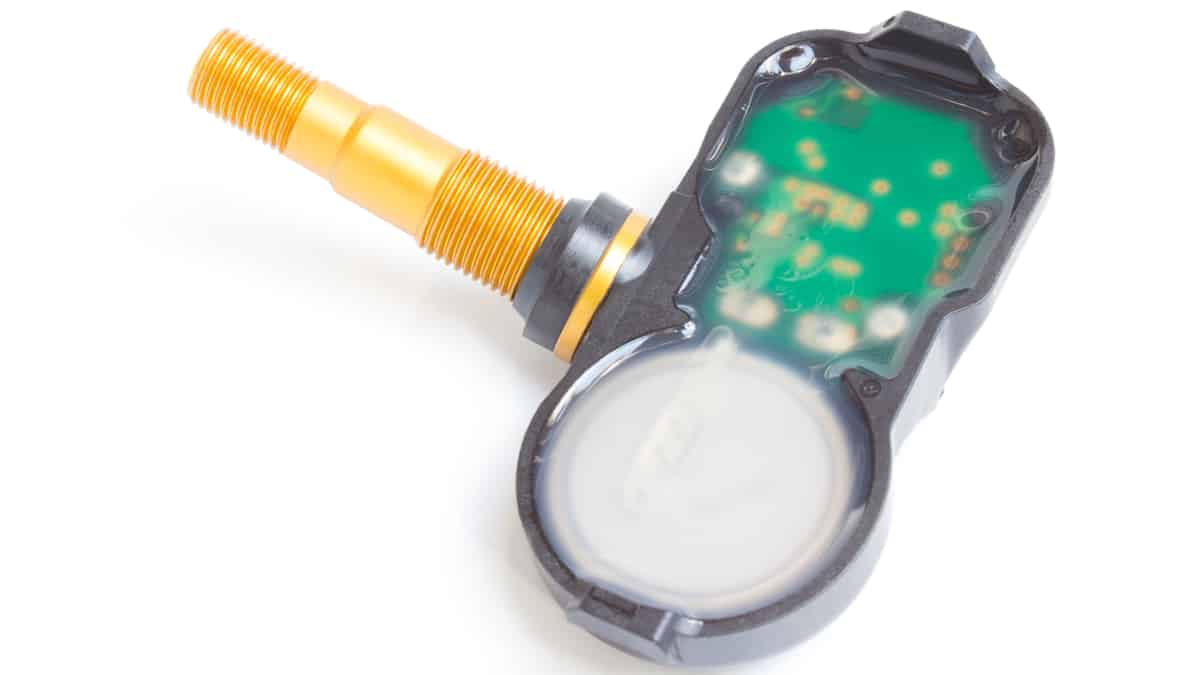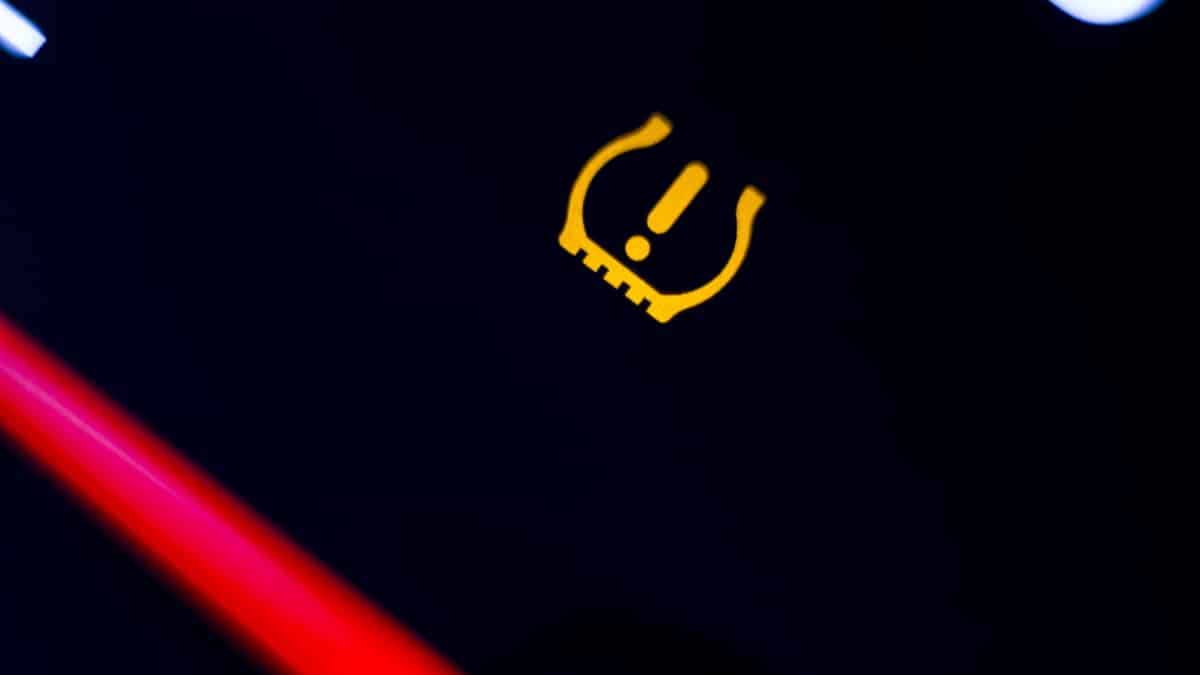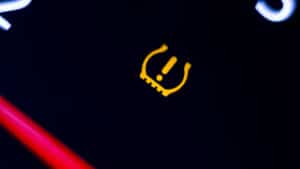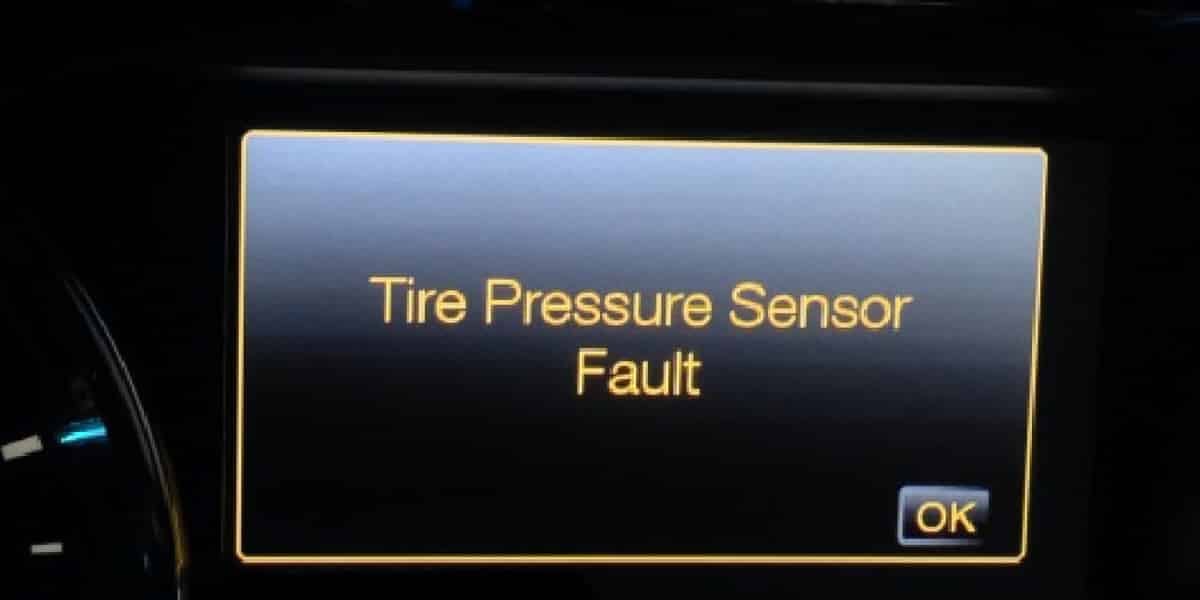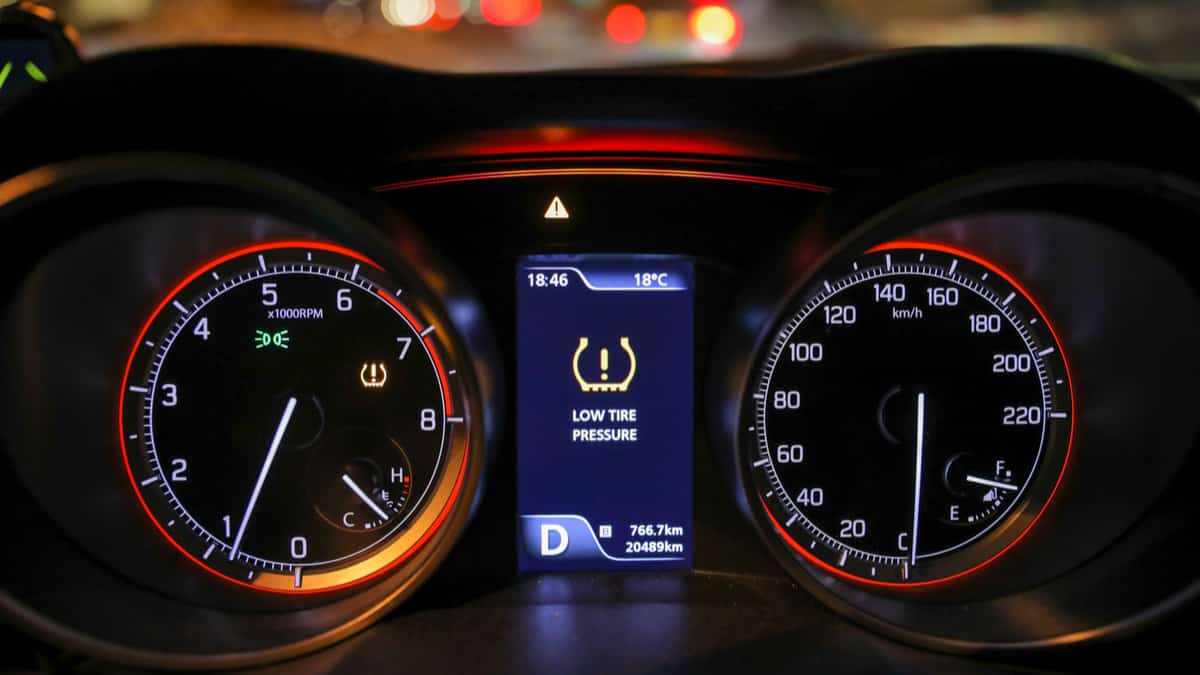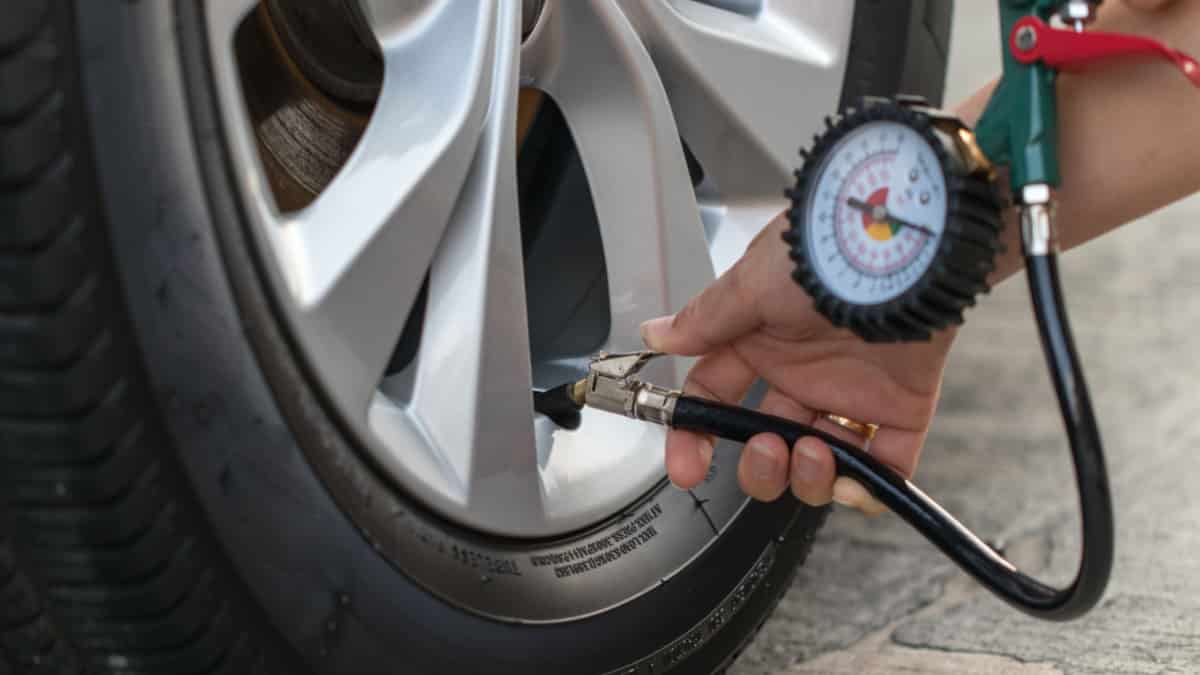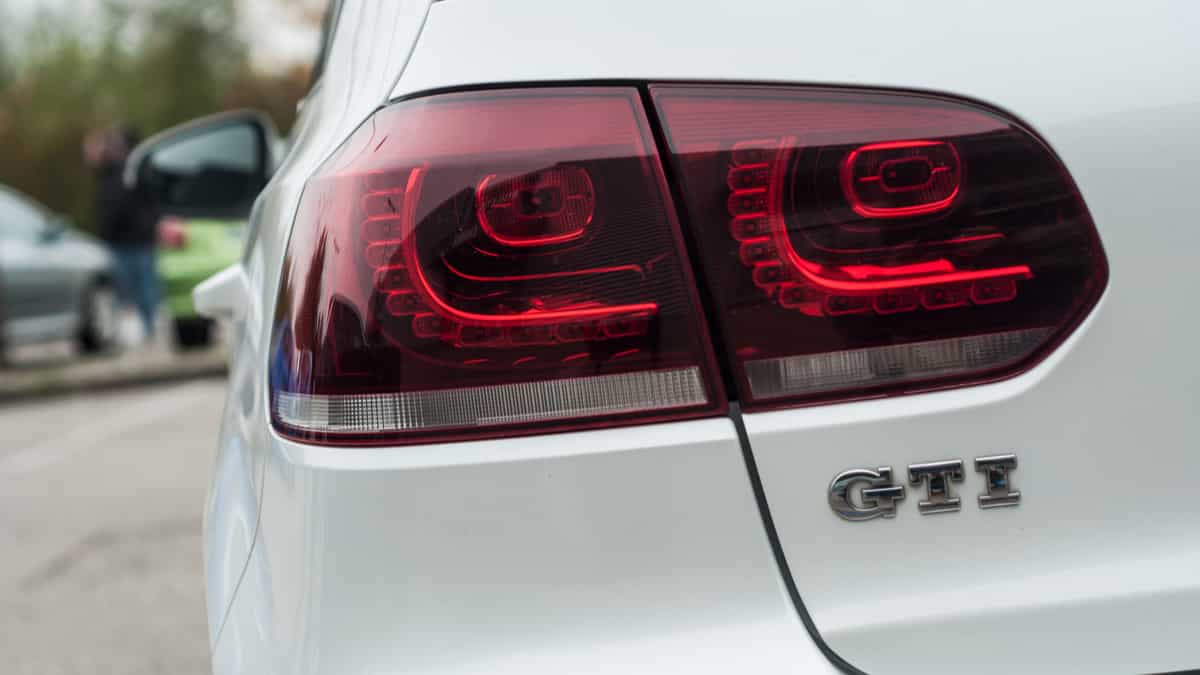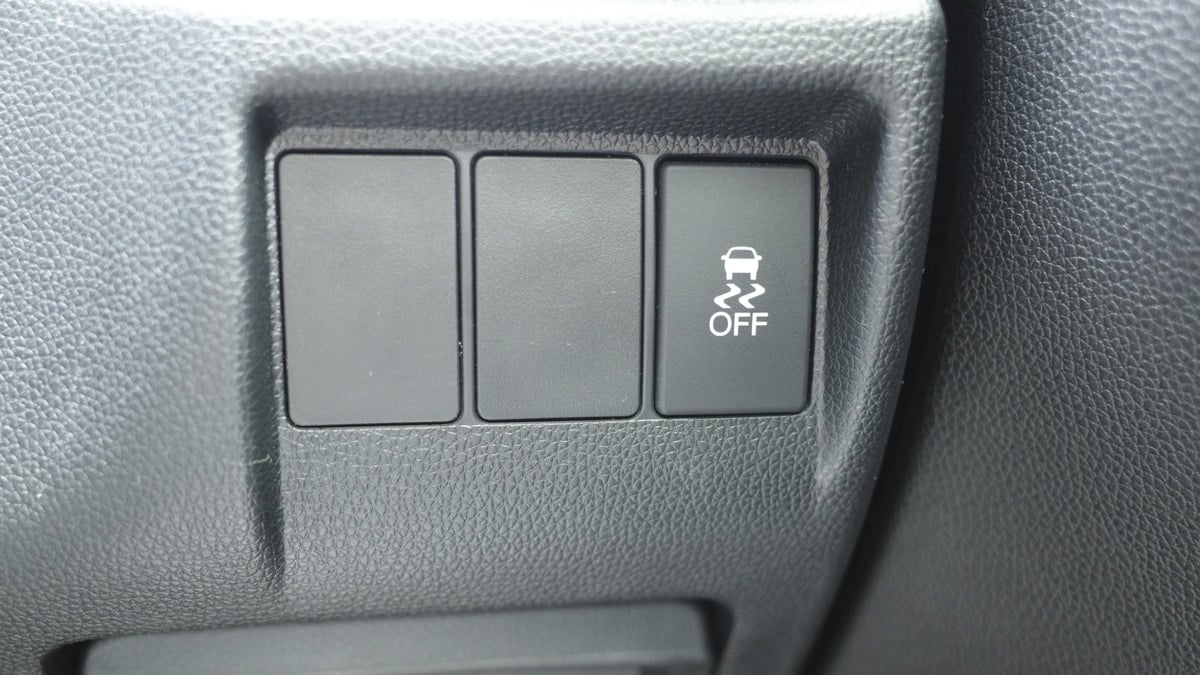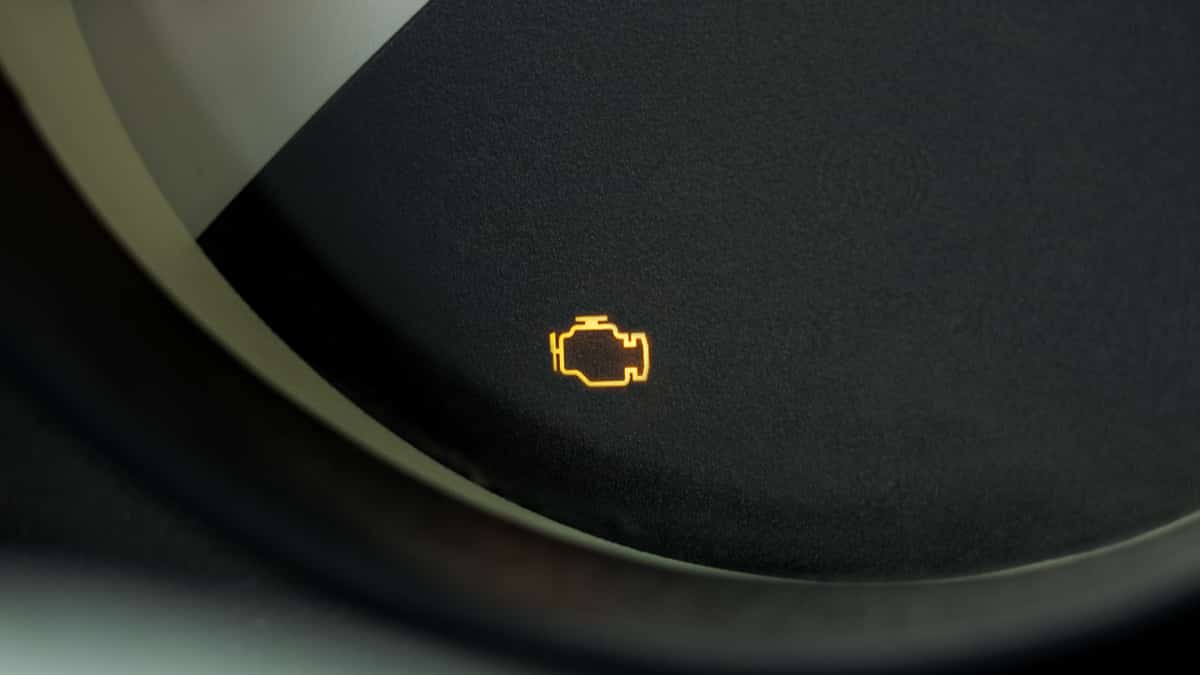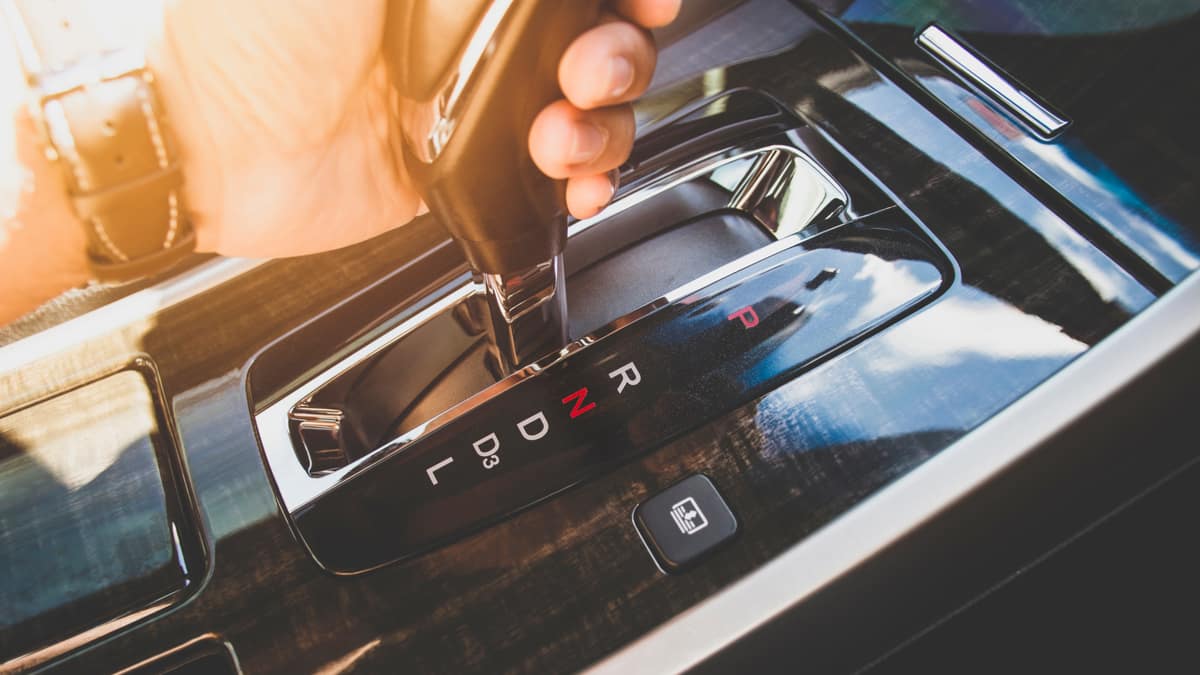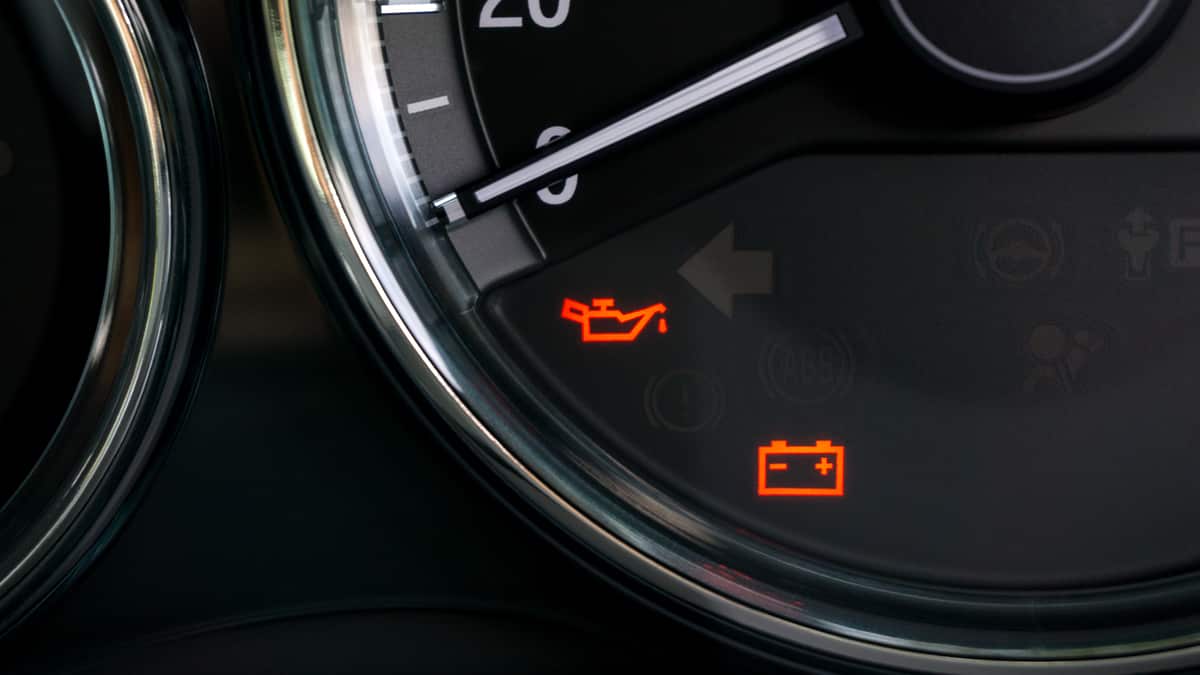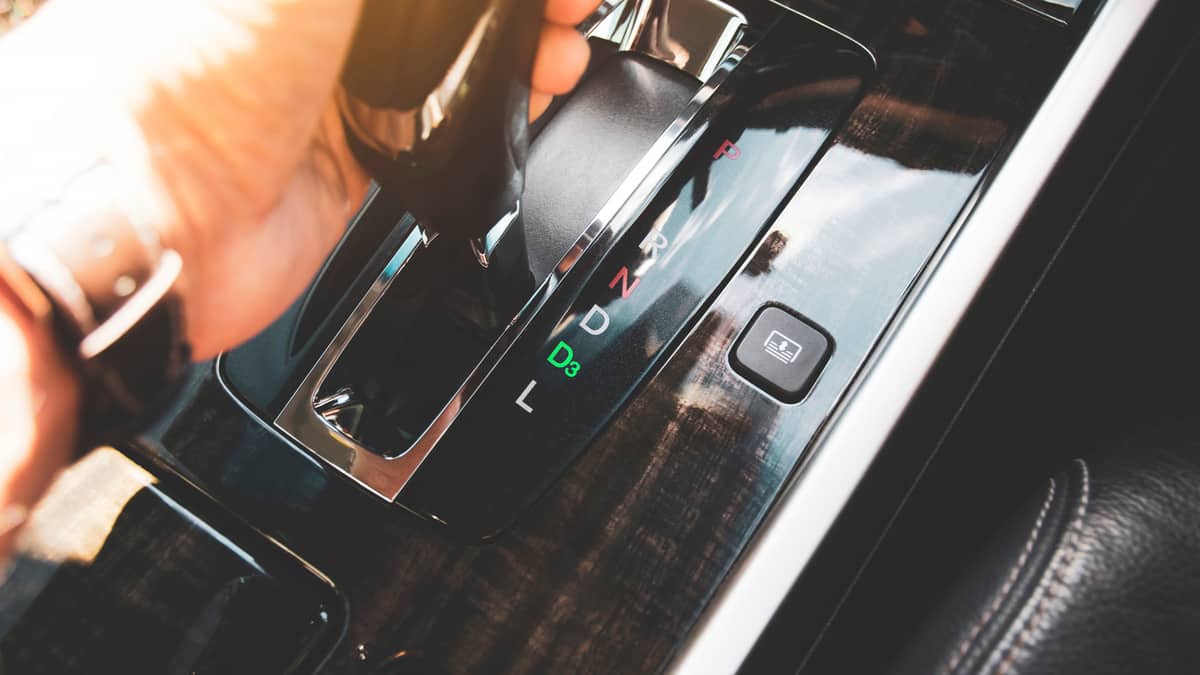It doesn’t matter how old a car is, there’s always the chance of seeing a warning light or message on the dashboard or infotainment system. One such message that happens on vehicles of all ages is the Service Tire Monitor System alert. What does this warning mean, what caused it and how can you fix it?
In this guide, we answer all of those questions surrounding your tire monitoring system. You will learn what the system is for and what causes a malfunction.
Additionally, there are step-by-step instructions showing what to do when the message comes on. Furthermore, we also give you some additional answers to questions you’ve been pondering.
What Does Service Tire Monitor System Mean?
The Service Tire Monitor System message indicates something is wrong with the tire pressure monitoring equipment. It’s usually a separate warning from the normal TPMS message. When this message alerts you, you will likely also see the low tire pressure light on the dashboard and the warning message on the infotainment system.
If there’s just a malfunction due to low tire pressure, you may not see this message. For the most part, when the issue is tire pressure related, the alert on new cars will include information about which tire is low, so you can fill it up.
Instead, this warning is trying to show you that the equipment for the TPMS isn’t working. You will often find the Service Tire Monitor System message in GM, Buick, and Chevy vehicles.
What Is A Tire Monitor System?
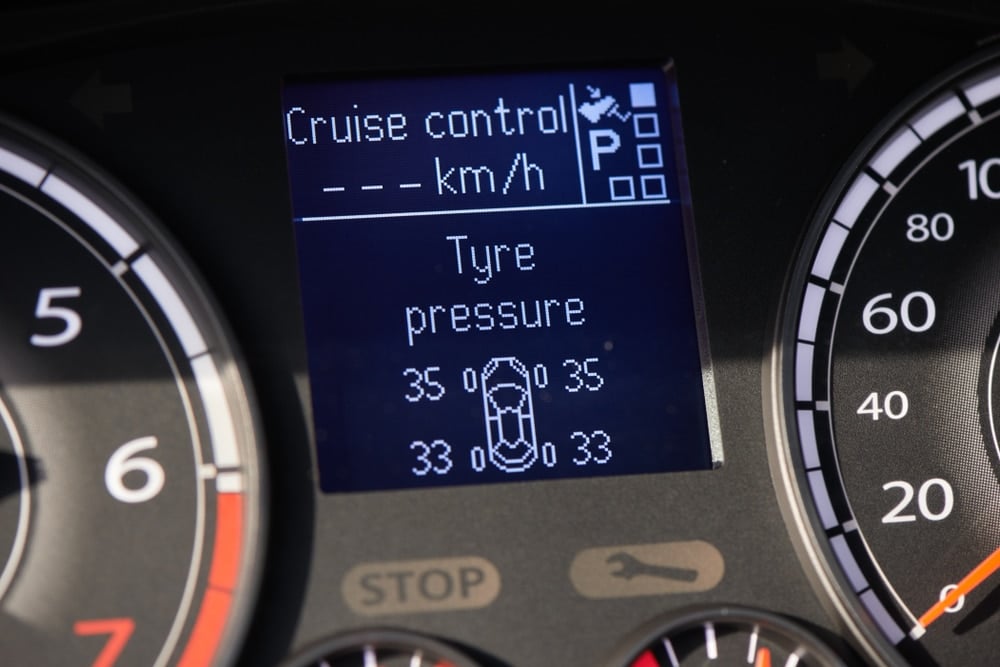
The Tire Monitor System is the TPMS equipment. With this feature, the air pressure in all of the tires is being measured to ensure safety. When a tire gets too low, the alert goes off so you can fill it up with air.
With most of the newer models, the TPMS light would come on and the infotainment system would tell you which tire is low. Because of the alert, drivers no longer have to rely on manually checking tire pressures regularly.
The system is also advanced enough to tell you when something is wrong with the sensors or calibration. In these cases, the TPMS light might come on, but so will a warning telling you to service the tire monitor system.
Causes Of Service Tire Monitor System Message
The Service Tire Monitor System message is usually caused by a faulty component within the TPMS system, such as a bad TPMS sensor, low battery, or faulty calibration or programming. However, it could potentially also be caused by low tire pressure.
Here are a few things that could cause the Service Tire Monitor System message:
1. Tire Pressure Sensor Lost Memory
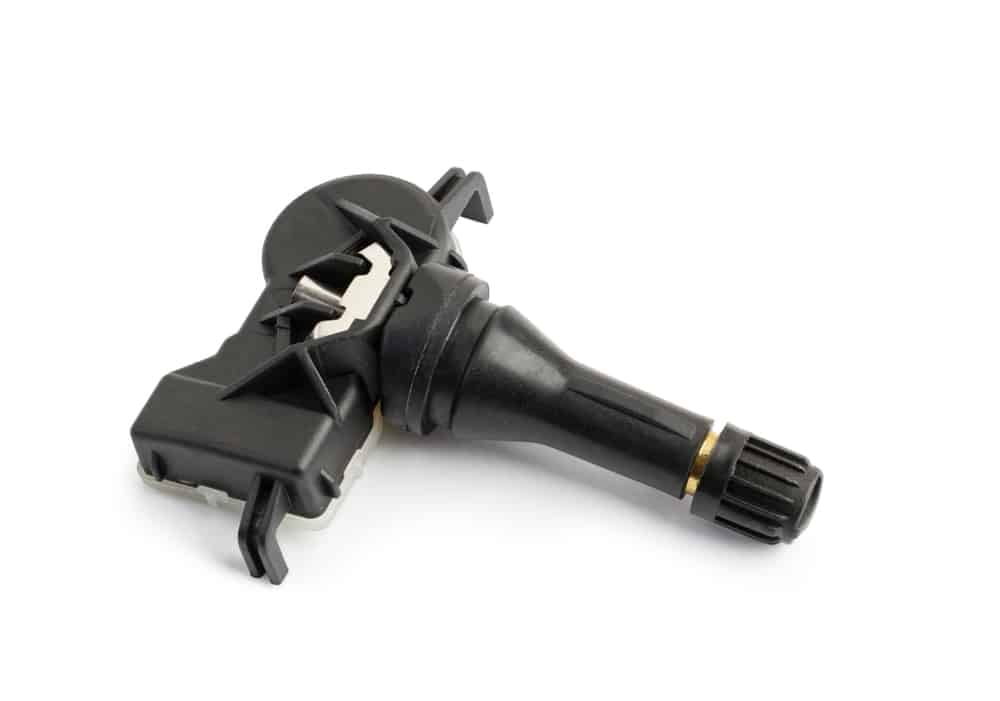
On the tire pressure monitors, there’s a lithium-ion battery that keeps it powered up. These batteries tend to last for around five years under normal use. They can fail prematurely if they have been exposed to extreme weather or conditions.
If the battery dies, the sensor stops communicating with the PCM. Because there’s no data being relayed, the service message pops up until you put in a new battery.
2. Faulty Tire Pressure Sensor
On every tire, there’s a TPMS sensor with a radio signal attached. This tire sensor monitors air pressure and lets you know if it gets low. These sensors are subject to a lot of wear simply because of how close to the road they are.
If the sensor gets contaminated with debris, dirt or too much water, it can fail. Sensors can also fail because of too much sealant around the stem valves. Additionally, corrosion has been known to take some out.
With the sensor out of commission, the PCM can’t read the tire pressure. Therefore, an alert is sent out to tell you there’s a problem.
READ MORE: 3 Symptoms Of A Bad Tire Pressure Sensor (& Replacement Cost)
3. Changed Wheels Without Reset

If you swap out the wheels on your car, the new sensors must be calibrated. This service requires a special TPMS tool, making it difficult for many people to do at home without a workaround method.
Without this calibration, you will get the Service Tire Monitor System message. During a reset, the sensors relearn the processes and connect with the computer.
4. Tire Pressure Sensor Not Reset
The sensors need to be recalibrated any time they are changed. This doesn’t just occur when you change out the wheels but also when a sensor must be replaced.
If you swapped out the sensor but didn’t do the reset, the message is going to appear. You can use a TPMS tool to recalibrate it or several workaround tactics.
5. Low Tire Pressure
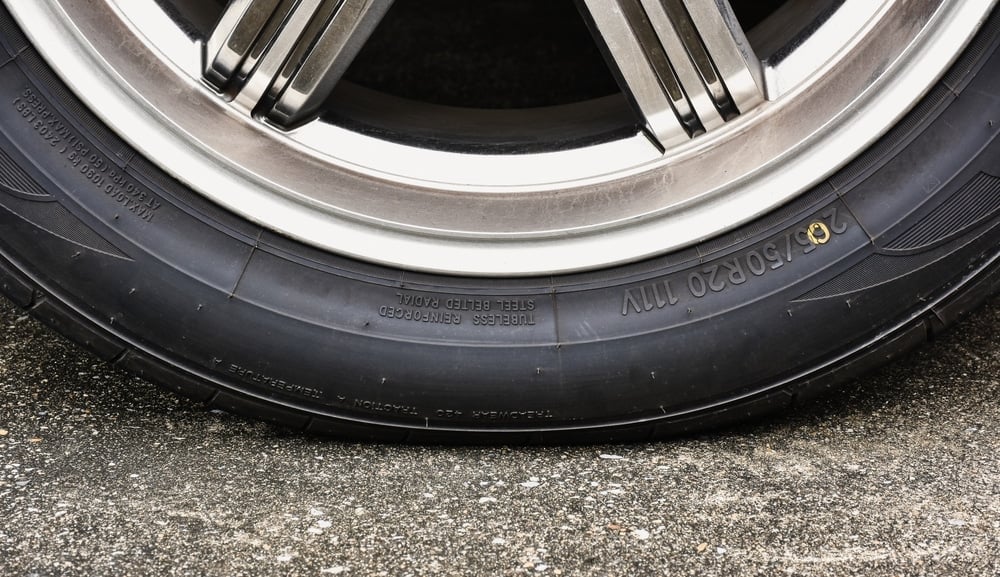
When tire pressures get low, it’s common to see the TPMS light on the dashboard. In many cases, the system will also tell you which tire is low, so you can resolve the problem.
While it’s rare to see the Service Tire Monitor System with a low tire, it’s not impossible. There could be a malfunction causing the service message to alert you instead of just the low tire information. Your tire pressures should be checked regularly anyway, so now seems like a good time.
6. Bad Car Battery
All of the electronics are running through the power supplied by the car battery. If there’s a problem with the car battery, these high-tech sensors can fail to read. The PCM will think that something has happened with the sensor and send out an alert.
The good news is that when the battery is to blame, there are normally other signs of a problem. After all, the battery dying normally causes issues with everything from starting the car to running the lights.
How To Fix The Service Tire Monitor System Message
To fix the Service Tire Monitor System message, you need to diagnose what’s causing this warning light with an OBD2 scanner. You also want to ensure that the tire pressure is correct and reset the TPMS system.
In some cases, you will be able to repair the Service Tire Monitor System message in your home garage without any special tools. We outline a few possible solutions that can help you out.
1. Correct The Tire Pressure
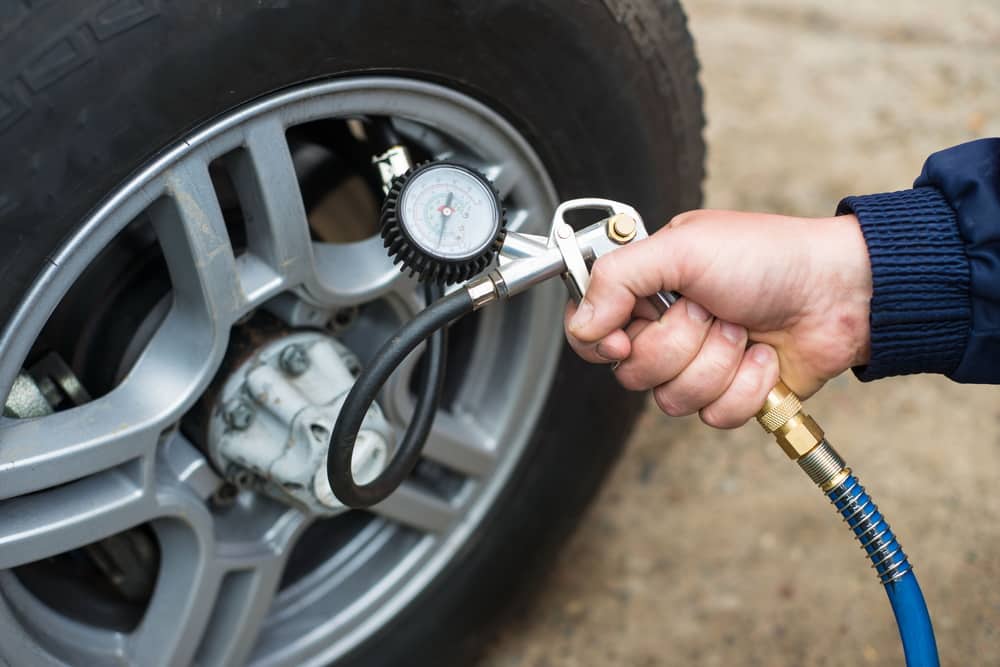
Just in case the warning is on because of low tire pressures, you should start here. You can verify the tire pressures with your home gauge. Match up the pressure you see with the data on the driver’s side door jamb.
If you verified that the tire pressures are normal and the light remains on, you know this isn’t the problem. You will want to move on to the next steps.
2. Reset Tire Pressure Light

If you believe that the sensors just need to be reset, you have multiple options. A reset is necessary any time that the sensors are replaced, new tires are installed or service has been performed. Look in the service manual to see the appropriate procedure for your vehicle.
You can have the reset done with a TPMS tool. There are also some cars with a button for resetting or you may be able to drive for a short time until it resets.
READ MORE: How to Reset Tire Pressure Light (TPMS) – By Car Model
3. Read Trouble Codes
You can try to read trouble codes with your OBD-II scanner. Not all scanners are going to read these codes, but you should have success if your diagnostic tool is advanced.
You may have other lights on the dashboard as well that the code scanner will help you understand. With the free trouble code listing at MechanicBase, you can figure out what’s wrong with ease.
4. Reprogram Tire Pressure Sensors
After the sensors are replaced, a reprogramming is required. The sensors need to learn the parameters used by the PCM.
With a TPMS tool, you can recalibrate the sensors. If you don’t have this tool, most tire shops will handle the reprogram in a matter of minutes.
5. Replace The Car Battery
If the issue seems to be related to power, you may be having trouble with the battery. Run a voltage check on the battery to see if it’s charged. If you don’t know how to do this, you can take the battery to most auto part stores for a free check. Once the battery starts to fail, it’s best to replace it.
Additionally, corrosion on the battery terminals can disrupt the power supply. If you see corrosion, use a baking soda and water mixture to clean it off. Reconnect the battery and see if it works better.
6. Contact A Professional
There aren’t too many more issues that could be occurring with the Service Tire Monitor System message. Most likely, you’ve figured out the problem by now. If you haven’t, there could be a deeper fault with the electrical system.
Some issues can be troublesome to diagnose and repair. If it feels like the issue is over your head, go ahead and visit your local auto repair shop instead. After all, you don’t want to continue driving with this message on the dashboard.
How Do You Fix A Service Tire Monitor System Message?
You can fill up the car tires if they are low. Aside from that, you may need to replace a sensor or have it reset. The sensor may also need to be recalibrated. In rare occurrences, the car battery could be causing the issue, requiring a replacement. After a complete diagnosis, you should know how to proceed.
Can You Drive With A Service Tire Monitor System Message?
If the tire pressures are normal, there’s nothing stopping you from driving with the message on. However, you may not know when a tire does have low pressure with this message already lit. You could be driving with pressures that are at dangerous levels. For that reason, it’s best to have it fixed right away.
How Much Does It Cost To Fix A Service Tire Monitor System Message?
If you need to fill up a tire, you can use your air compressor and do the job for free. Resetting and reprogramming the sensors doesn’t cost a lot either. Most tire shops will also replace a sensor for between $40 and $75. The highest cost fix might be to get a new battery, costing around $100 to $450, depending on what type of car you drive.
How Long Does A Tire Pressure Monitoring System Last?
The batteries on the tire pressure monitoring sensors tend to last around five years. Aside from the batteries, the sensors can also fail at times. Because of where the sensors are located, it’s possible for dirt and grime to build up and cause trouble.
The Service Tire Monitor System comes on the dash and infotainment system when the TPMS malfunctions. It could be caused by low tire pressure, a malfunctioning sensor, a needed reset or recalibration, plus a dying car battery. Start by checking tire pressures to see what’s going on.
Beyond that, you must perform your own diagnosis to see what might have failed. Most fixes are simple enough to perform at home, so there’s not a lot of cost involved. While this problem might not be as critical as some of the other messages that come on the dashboard, it should never be ignored.
Learn more:
- Tire Pressure Sensor Fault (What It Means & How to Fix It)
- Tire Pressure Light Blinking: Meaning, Causes & How To Fix It
- Low Tire Pressure Light Is On But Tires Are Fine – Causes & Fix
Categories: Tires, Warning Lights
